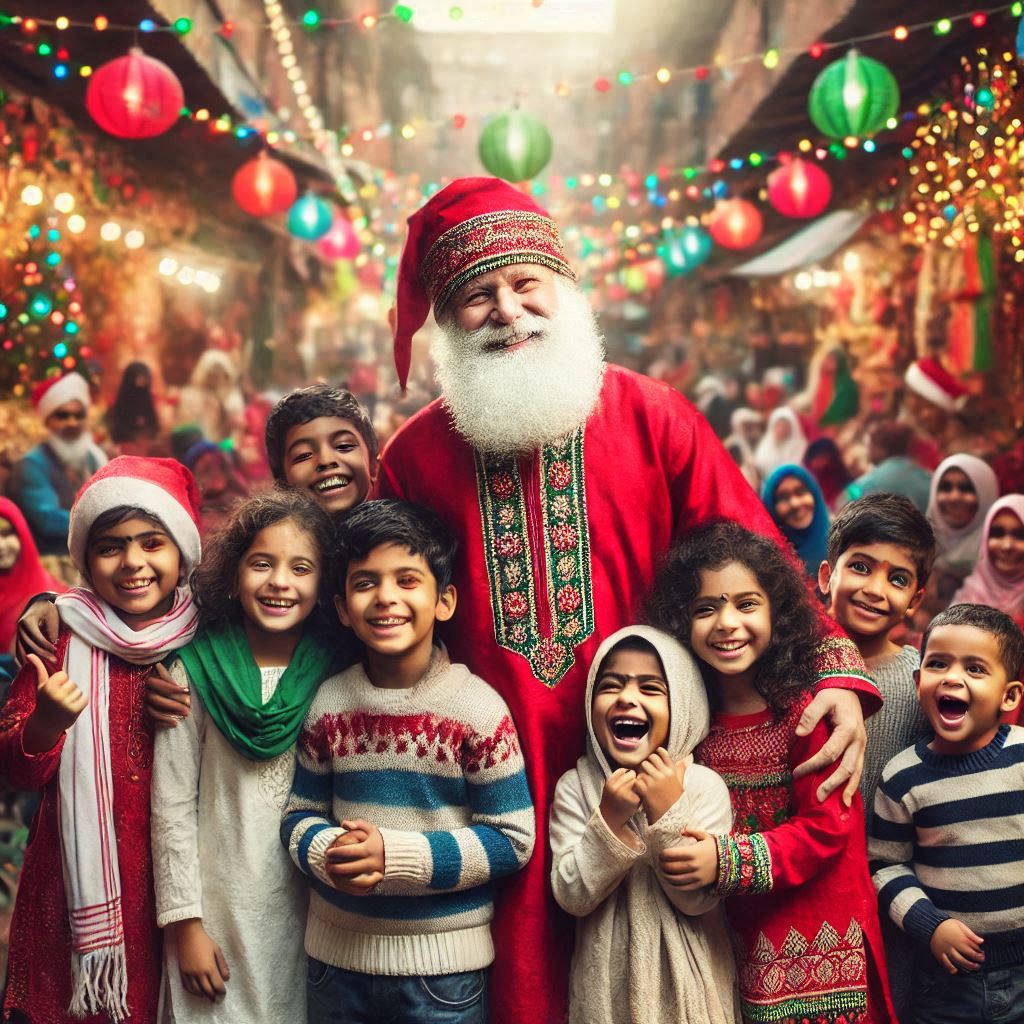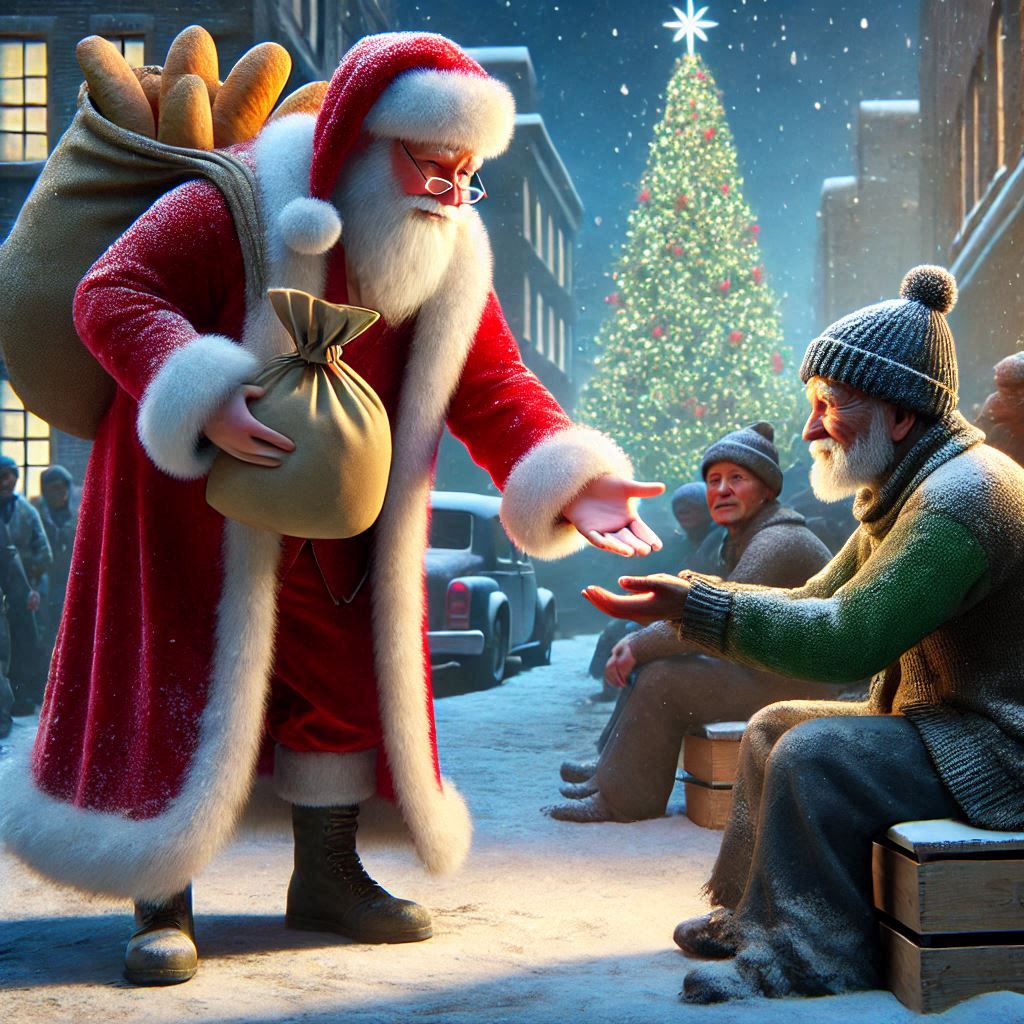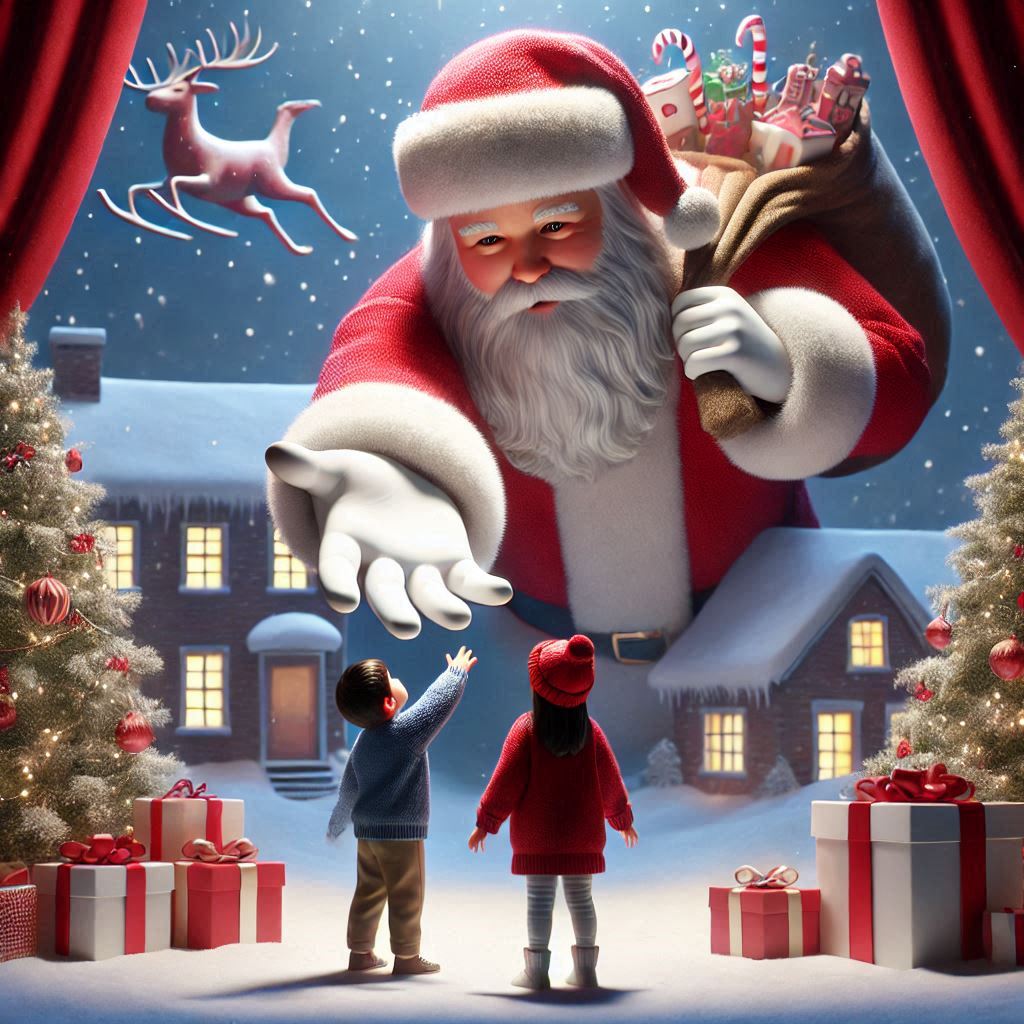Global media Update tech Update & Automobile Life Style & Entertainment

Christmas, celebrated on December 25th, is one of the most widely observed holidays in the world. While today it is often associated with festive decorations, gift-giving, and family gatherings, its history is rich and layered, blending religious traditions, cultural practices, and folklore over centuries. Central to this holiday is the figure of Santa Claus, whose origins are equally fascinating and steeped in historical evolution.
The origins of Christmas date back to ancient times, long before the birth of Christ. Many early cultures celebrated the winter solstice, the shortest day of the year, as a time of renewal and hope. In pagan Europe, festivals such as Yule honored the rebirth of the sun and the promise of longer days ahead. Feasting, gift exchanges, and evergreen decorations were common practices during these celebrations.
When Christianity began to spread, church leaders sought to adapt existing pagan festivals to Christian traditions. By the 4th century, December 25th was chosen to commemorate the birth of Jesus Christ, aligning with the Roman festival of Saturnalia and other winter celebrations. The exact date of Jesus’ birth is unknown, but this decision helped facilitate the transition from paganism to Christianity in many regions.
In the Middle Ages, Christmas became a prominent religious holiday, marked by church services, feasts, and communal festivities. Over time, secular customs and folklore began to blend with the religious aspects of the holiday, giving rise to the diverse traditions we know today.
The modern image of Santa Claus has its roots in multiple historical figures and traditions. One of the earliest inspirations was Saint Nicholas, a 4th-century bishop from Myra (in present-day Turkey). Known for his generosity and kindness, Saint Nicholas became the patron saint of children and sailors. Legends tell of him secretly delivering gifts to those in need, such as placing coins in shoes left out overnight.
In the Netherlands, Saint Nicholas became known as “Sinterklaas,” a figure who traveled on a white horse and distributed gifts to children on December 5th, the eve of his feast day. Dutch immigrants brought the tradition of Sinterklaas to America in the 17th century, where it began to merge with other cultural influences.


 Amazon: दुनिया का सबसे बड़ा ऑनलाइन शॉपिंग प्लेटफॉर्म, जहां आपको बेहतरीन डील्स और विश्वसनीय प्रोडक्ट्स मिलते
Amazon: दुनिया का सबसे बड़ा ऑनलाइन शॉपिंग प्लेटफॉर्म, जहां आपको बेहतरीन डील्स और विश्वसनीय प्रोडक्ट्स मिलते
The transformation of Sinterklaas into Santa Claus was largely shaped by 19th-century American literature and art. In 1823, the poem “A Visit from St. Nicholas” (commonly known as “The Night Before Christmas”) by Clement Clarke Moore described a jolly, plump figure who traveled in a sleigh pulled by reindeer, delivering toys to children. This depiction laid the foundation for the modern image of Santa.
In the late 19th and early 20th centuries, artists such as Thomas Nast further popularized Santa Claus through illustrations in magazines. Nast’s drawings portrayed Santa as a cheerful man with a white beard, red suit, and sack of toys. Coca-Cola advertisements in the 1930s solidified this image, making Santa Claus a globally recognized symbol of Christmas.
Today, Christmas is celebrated in a multitude of ways around the world. While the religious significance remains central for many, secular traditions have become equally prominent. Christmas trees, festive lights, and caroling are common customs, as are holiday markets and special meals.

Santa Claus continues to be a beloved figure, embodying the spirit of generosity and joy. Children eagerly await his arrival, often leaving out cookies and milk as a token of appreciation. The concept of Santa has also expanded to include variations such as Father Christmas in the UK, Père Noël in France, and Ded Moroz in Russia.
The history of Christmas and Santa Claus reflects a tapestry of religious beliefs, cultural practices, and evolving traditions. From ancient solstice celebrations to the Christian commemoration of Jesus’ birth and the emergence of Santa Claus as a global icon, this holiday has continually adapted to the times while preserving its core themes of hope, generosity, and togetherness. Whether celebrated with religious reverence or secular cheer, Christmas remains a time of joy and connection for millions around the world.
Auto Amazon Links: No products found.